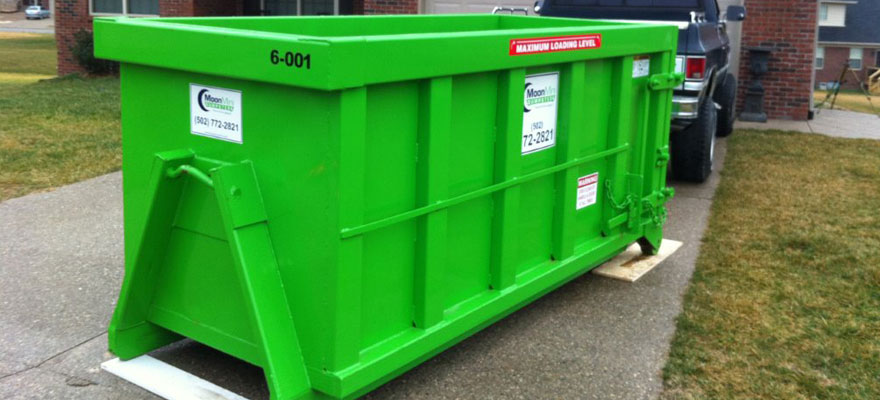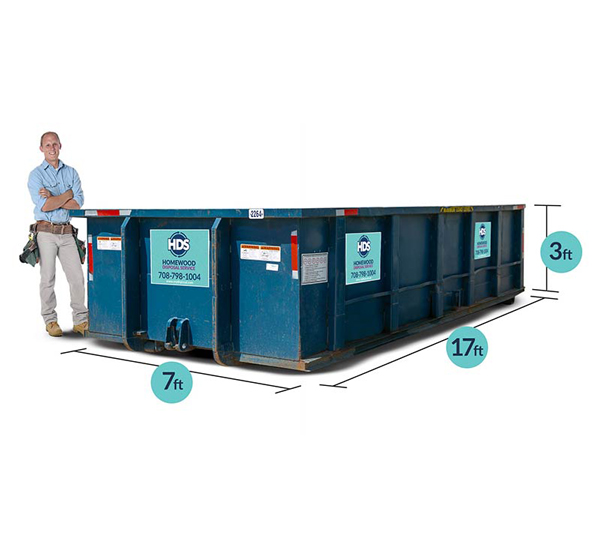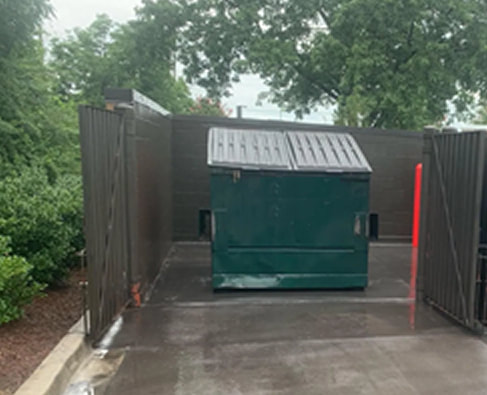piedmont-triaddumpsters
Renting a dumpster involves more than just picking a size and company; it requires careful preparation and factor to consider of project specifics, local laws, and logistics. Start by precisely estimating waste quantity and examining local guidelines and permits Select a reputable rental company that meets your job needs, and plan for shipment and placement. Recognize what can be thrown away and take care of packing effectively. Schedule pick-up and removal, and prepare the website for a seamless experience. By following these steps, you'll ensure a cost-effective and hassle-free dumpster rental experience. As you continue, you'll uncover more valuable insights to make your project a success.
Determine Job Waste Volume
Because a dumpster's capacity is an essential factor in determining the general expense and effectiveness of a project, precisely approximating the volume of waste generated is imperative.
Underestimating waste volume can bring about additional costs and logistical migraines, while overstating can cause wasted sources. To obtain an accurate estimate, think about the type and quantity of products being taken care of, along with any regulatory requirements or restrictions.
For example, building and construction tasks generally produce extra waste than clean-out tasks, and specific products like hazardous waste may need special handling.
Create a breakdown of the products you anticipate to take care of, and speak with local waste administration specialists or on-line sources if needed.
Choose the Right Dumpster Size
With a clear understanding of the task's waste volume, choosing the ideal dumpster size ends up being a crucial following action. This warranties you have sufficient space to take care of waste successfully, without overpaying for excess capacity.
Dumpster dimensions commonly range from 10 to 40 cubic yards, with each dimension catering to specific task needs.
For small-scale projects, such as washroom or kitchen area remodels, 10-20 cubic lawn dumpsters are ideal. These compact dumpsters fit in tight spaces and can deal with moderate waste volumes.
Larger jobs, like building and construction or demolition, require 30-40 cubic yard dumpsters to accommodate bulkier waste materials.
It's important to evaluate the type and weight of waste, as well as local regulations, when selecting a dumpster size.
Select a Respectable Rental Company
A trusted rental firm is vital to a successful dumpster rental experience. It is necessary to do your research study and choose a company that can supply you with the best dumpster for your demands, supply it in a timely manner, and deal outstanding consumer service.
When choosing a rental firm, think about the following essential variables:
Experience and Reputation: Look for firms with a tried and tested performance history of providing dependable and efficient dumpster rental solutions. Check on-line reviews, ask for recommendations, and confirm their physical address and licenses.
Range of Dumpster Sizes and Types: Verify the business supplies a variety of dumpster dimensions and kinds to deal with your specific needs. This might consist of roll-off dumpsters, compactors, or recycling containers.
Flexible Rental Periods and Pricing: Choose a company that supplies flexible service durations and competitive prices. Make sure to inquire about any type of extra charges, such as distribution or disposal charges.
Check Neighborhood Laws and Permits
Once you have actually chosen a reputable rental company, it's time to validate that your dumpster rental abide by local regulations and permits Acquaint yourself with local ordinances, zoning laws, and homeowners' organization regulations to validate a smooth rental experience.
Check if you require a license to position the dumpster on your residential or commercial property, especially if you live in a residential area Some communities might call for an authorization for extra-large or hefty containers, while others may have details regulations for dumpster placement.
Research the regulations in your area to determine if there are any kind of limitations on dumpster size, kind, or duration. Furthermore, find out if there are any particular requirements for waste disposal, such as dividing recyclables or dangerous materials.
Your rental business might have the ability to give guidance on neighborhood policies, yet it's vital to validate the details to prevent possible fines or fines. By comprehending local guidelines and obtaining needed permits, you can prevent unneeded hassle and confirm a successful dumpster rental experience.
Plan for Delivery and Placement
During the planning stage, it is vital to coordinate logistics with your rental company to assure a seamless delivery and positioning process. This guarantees that the dumpster gets here on schedule and is positioned appropriately on your property.

To assurance a smooth shipment, think about the following:
Accessibility: Make certain the shipment course is clear of barriers, such as low-hanging branches, power lines, or slim gates.
Space constraints: Measure the area where the dumpster will certainly be positioned to guarantee it fits easily, leaving enough space for easy gain access to and maneuverability.
Weight distribution: Determine a flat, secure surface area that can sustain the weight of the dumpster, taking into consideration the weight of the particles it will certainly hold.
Understand Dumpster Rental Periods
Most dumpster rental periods variety from a few days to numerous weeks, depending upon the extent and complexity of the job. This versatility enables you to customize the rental duration to your details needs, ensuring you have the dumpster for as long as necessary without incurring unneeded costs.

Typically, short-term rentals are ideal for small projects, such as cleaning out a single area or completing a small improvement. Longer-term rentals, on the other hand, are better matched for larger projects, like construction or demolition work.
When determining the rental duration, take into consideration the speed of your job, the amount of particles you expect to create, and your budget. Keep in mind that some rental companies might offer flexible rental periods or extensions, so make sure to ask about these alternatives when scheduling your dumpster.
Know What Can Be Tossed Away
The complying with things can be gotten rid of in a dumpster:
Household trash: busted devices, old furnishings, and basic house waste
Construction debris: drywall, lumber, roof covering materials, and other building materials
Yard waste: tree branches, leaves, lawn trimmings, and various other organic materials
It's essential to keep in mind that certain items, such as dangerous materials, electronics, and batteries, are not allowed in dumpsters and require unique disposal.
Be certain to contact your dumpster rental company for certain standards on what can and can not be thrown away.
Prepare the Website for Delivery
Every dumpster rental experience starts with a crucial action: preparing the site for distribution. This vital action ensures a smooth and problem-free experience for both you and the dumpster rental company.
To prepare the website, beginning by removing the area where the dumpster will be put. Remove any type of challenges, such as vehicles, furniture, or particles, to offer a https://medium.com/@jenideohyn/dumpster-rentals-in-5-easy-actions-500b1fd06a18?source=your_stories_page------------------------------------- clear path for the delivery truck. Confirm the surface is level and firm, as an uneven surface can trigger the dumpster to tip over.
Next, take into consideration the dumpster's dimensions and verify the website can fit its dimension. Measure the size, size, and height of the dumpster and contrast it to the readily available space.
You must likewise check for any overhead obstructions, such as low-hanging branches or power lines, that could interfere with the shipment process.
Manage Loading and Loading
Properly taking care of the filling and loading of your dumpster leasing is crucial to guarantee a smooth and economical experience.
To make sure you obtain the most out of your rental, it's important to adhere to some easy guidelines.
When loading your dumpster, remember to:
Load hefty materials first: This stops lighter items from obtaining smashed and makes it much easier to organize the contents.

Keep the dumpster tidy: Consistently clean up particles and arrange the garbage to make the most of space and stop overloading.
Avoid overfilling: Leave adequate space on top to prevent spills during transport and ensure the dumpster can be safely lifted.
Schedule Pick-up and Removal
With your dumpster rental fully filled, attention transforms to scheduling pickup and removal This essential step ensures a smooth experience and stops any kind of possible hold-ups or fines.
To initiate the pickup process, call your dumpster rental carrier and offer them with your rental details, including the dumpster's place and the wanted pickup date.
Be certain to set up the pickup each time that works ideal for you, thinking about any kind of local policies or restrictions that may influence the elimination process.
It's essential to allow adequate time for the pick-up and removal procedure, as it may take a few days to complete.
Additionally, ensure that the dumpster is easily accessible and devoid of any kind of blockages, making it less complicated for the elimination team to gather the dumpster efficiently.
